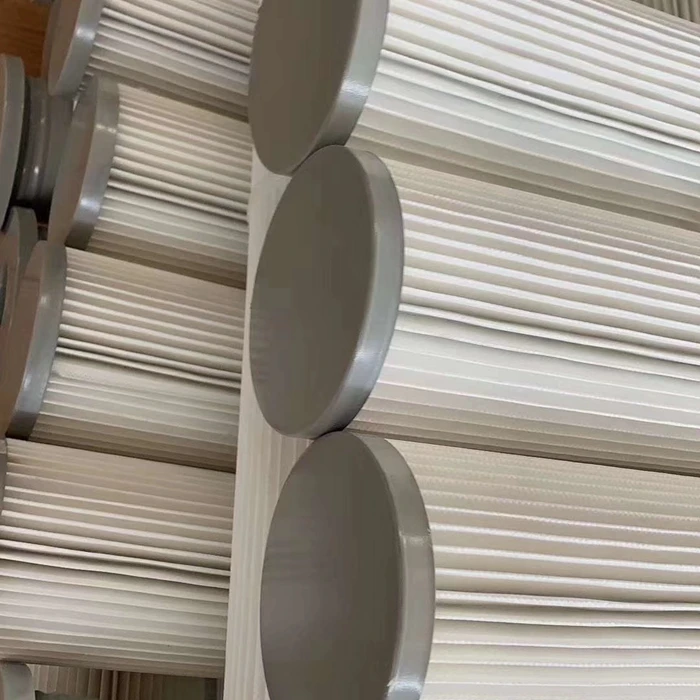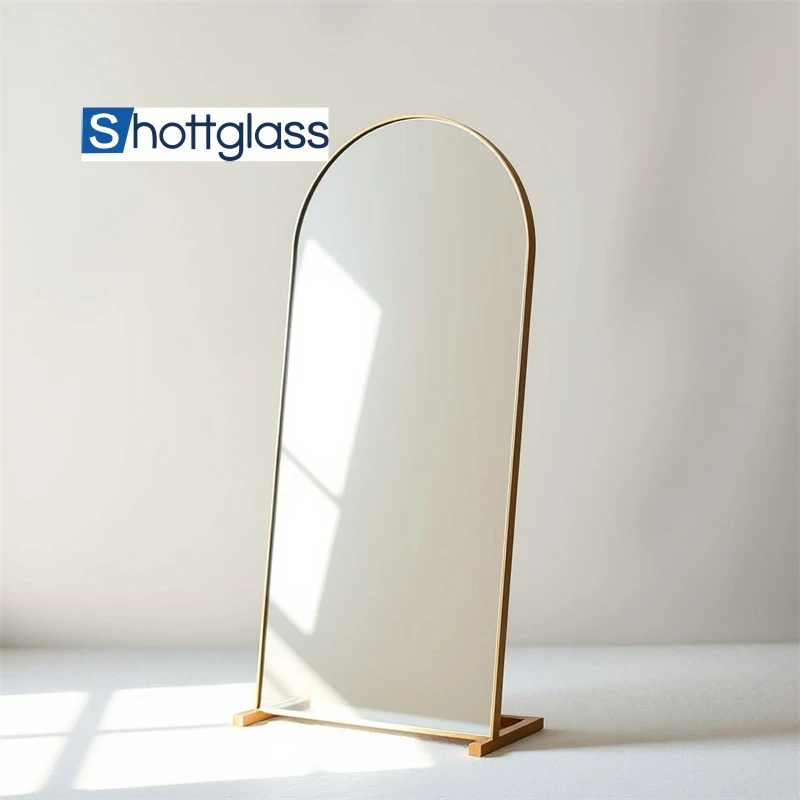Sep . 22, 2024 08:37 Back to list
colored laminated glass
The Versatility and Aesthetics of Colored Laminated Glass
Colored laminated glass has emerged as a transformative material in modern architecture and design, bringing both aesthetic appeal and functional benefits to various applications. By combining two or more layers of glass with an interlayer—often made from PVB (polyvinyl butyral) or EVA (ethylene-vinyl acetate)—colored laminated glass offers a unique blend of safety, sound insulation, and aesthetic flexibility. The inherent properties of this product not only enhance visual allure but also adhere to stringent performance standards, making it a preferred choice among architects and designers.
One of the most significant advantages of colored laminated glass is its ability to add vibrancy and character to both interior and exterior spaces. Available in a wide array of colors and finishes, it allows for creative freedom in design. Architects can now use colored laminated glass to create striking façades, decorative partition walls, and even distinctive skylights, allowing natural light to filter through while simultaneously controlling glare and harmful UV rays. This versatility means that colored laminated glass can complement various design styles—from ultra-modern minimalist structures to more traditional arrangements—enhancing the overall visual storytelling of a space.
Furthermore, the safety features of colored laminated glass cannot be overstated
. In the event of breakage, the interlayer holds the shards of glass together, minimizing risk of injury and making it an excellent choice for high-traffic areas or places where safety is a priority, such as schools and hospitals. This characteristic is especially crucial in public environments where the potential for accidents is higher. Additionally, the laminated nature of this glass reduces the likelihood of shattering, providing peace of mind while maintaining aesthetic values.colored laminated glass

Beyond safety, colored laminated glass also plays a vital role in energy efficiency. By selectively filtering sunlight, it can help to regulate indoor temperatures, thus reducing the need for artificial heating and cooling. This contributes not only to environmental sustainability but also to cost savings on energy bills. The integration of colored glass can also enhance the thermal performance of a building's envelope, leading to improved energy ratings and potentially increasing property value.
Moreover, colored laminated glass is a key player in enhancing acoustics within a space. The interlayer serves as a sound barrier, reducing noise transmission from the outside. This is particularly beneficial for urban environments where external noise can disrupt activities within workplaces or residences. Thus, incorporating this material can contribute to a more tranquil and productive atmosphere.
In conclusion, colored laminated glass stands out as a remarkable material that combines beauty, safety, efficiency, and acoustic performance. Its wide range of colors and finishes allows designers to push boundaries and explore innovative architectural possibilities. As sustainability continues to be a crucial consideration in design, the energy-efficient properties of colored laminated glass position it as a forward-thinking choice for future constructions. Whether used in high-rise buildings, residential homes, or decorative installations, colored laminated glass is undeniably an essential element in the evolving narrative of modern design.
-
Sustainable Practices in a Modern Coated Glass Factory
NewsAug.07,2025
-
Insulated Glass Unit Installation Best Practices and Tips
NewsAug.07,2025
-
Frosted Glass Types and Custom Solutions for Sale
NewsAug.07,2025
-
Current Clear Float Glass Price Trends in Global Markets
NewsAug.07,2025
-
Comparing Different Types of Laminated Glass Performance
NewsAug.07,2025
-
Best Anti Fog Bathroom Mirror Solutions for Humid Climates
NewsAug.07,2025
Related PRODUCTS














